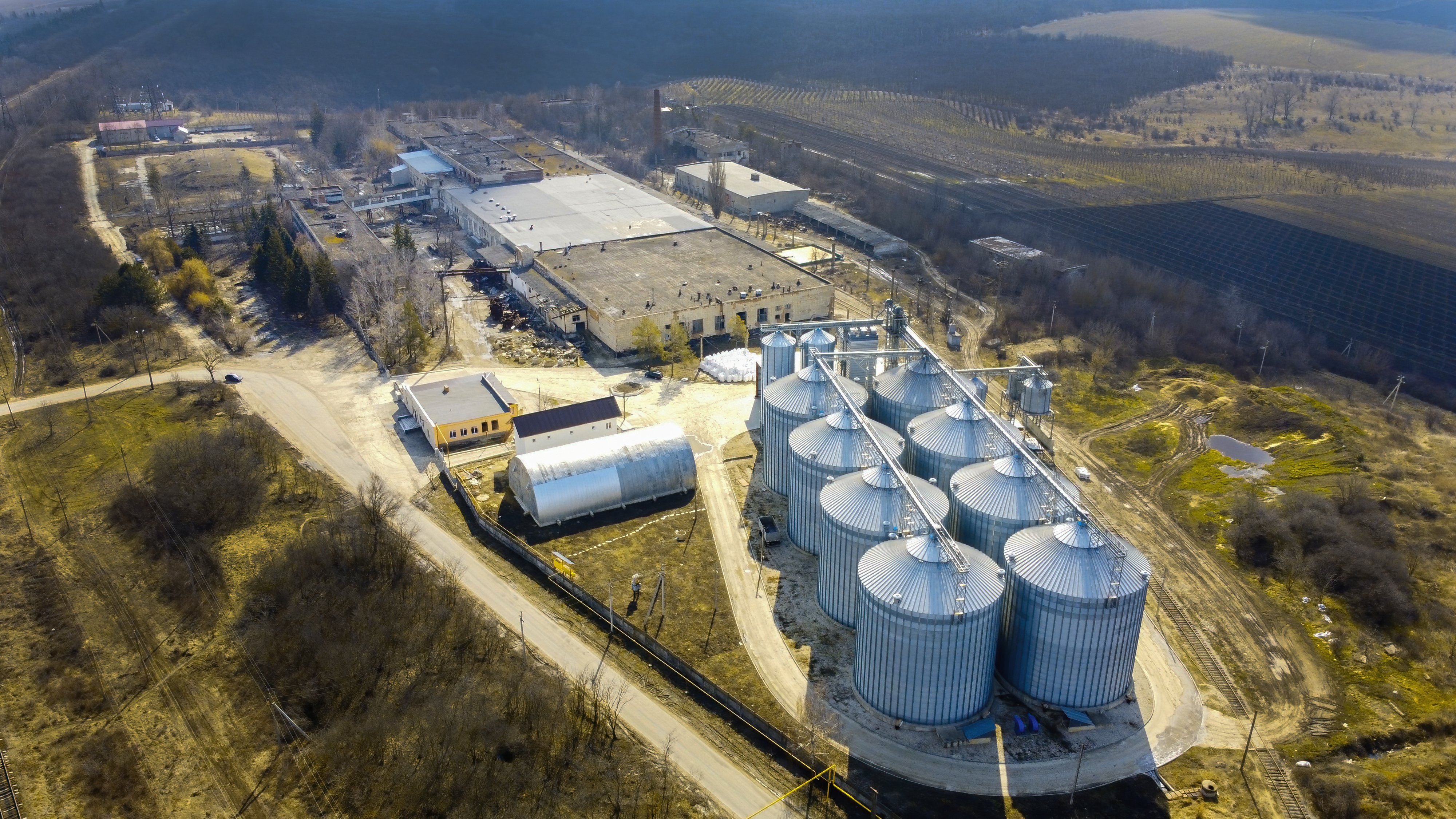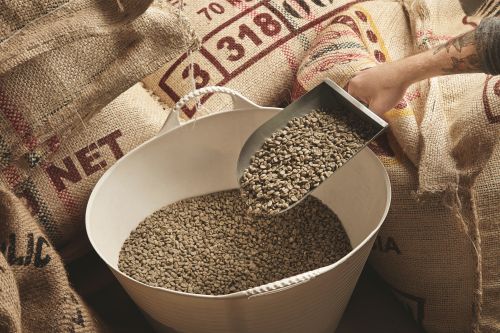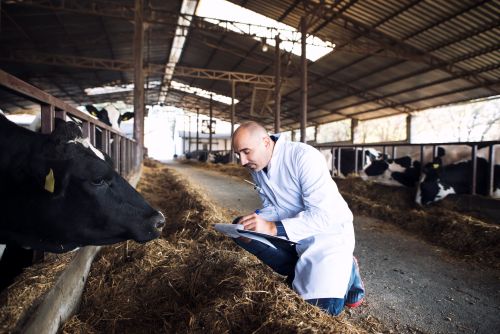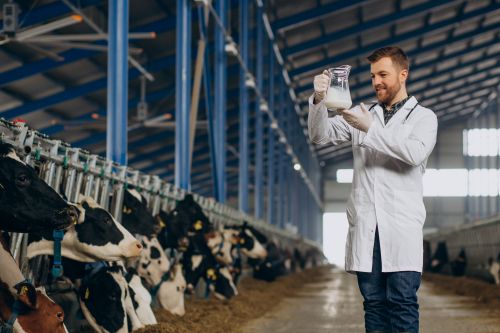473

In modern livestock farming, performance is no longer solely the result of natural selection or empirical observation.
Genealogical management, combined with systematic data analysis, has become essential for genetic improvement, traceability, economic profitability, and adapting to market demands. The use of livestock databases, herdbooks, and statistical analysis tools enables farmers and authorities to make evidence-based strategic decisions.
What is genealogical management?
Genealogical management involves the collection, recording, and analysis of data related to the origin, reproduction, production, and performance of each animal. It is an organized system designed to:
- preserve genetic lineage and avoid inbreeding;
- record family relationships (ancestors, descendants, collateral relatives);
- optimize breeding pairings (genetic matching);
- track the transmission of economically valuable traits;
- support official herdbooks and breeding programs.
In Romania, herdbook management is regulated by the National Agency for Animal Husbandry (ANZ) and implemented by accredited breeders’ associations, according to species and breed.
Data types and sources
Genealogical management relies on a structured set of data:
- Individual identification (ear tags, microchips, UELN code);
- Ancestry data (parents, grandparents, paternal/maternal line);
- Reproductive data (age at first calving, gestation period, calving intervals);
- Production data (milk yield, weight gain, prolificacy);
- Health data (diseases, treatments, longevity).
These data are collected from farms, testing labs, ANZ databases, and data collection centers, then entered into specialized digital platforms.
Software and databases
Modern genealogical management systems are integrated with ERP platforms, mobile applications, genomic testing labs, and national/international registries. Some of the most used tools in Romania and the EU include:
- ICAR Herdbook – for official herdbook registration;
- SomaNet – a Romanian application for dairy cattle, integrated with production control;
- VAMPP, Uniform-Agri, Herde+ – international solutions for medium and large farms;
- Interbull & Interbeef databases – for international genetic evaluation of breeding animals.
Through these systems, farmers can access total selection indices (ISU, TPI, NVI, etc.), which combine multiple traits into a single genetic performance score.
The role of data analysis
Data analysis enables:
- calculating breeding values and trait heritability;
- identifying the most valuable breeders;
- monitoring the efficiency of each genetic pairing;
- predicting offspring performance;
- tracking the impact of genetic improvement on the herd.
The use of quantitative genetics and artificial intelligence (e.g., neural networks for selection) is becoming increasingly common in top-tier farms.
Conclusion
Genealogical management, combined with zootechnical data analysis, forms the foundation of efficient, sustainable, and competitive livestock farming. In systems based on selection, assisted reproduction, and traceability, farmers who implement high-performance digital tools gain long-term advantages—in productivity, access to funding, certification, and international partnerships.
(Photo: Freepik)





